PP Woven Bags Manufacturing Process: How Sack Production Works
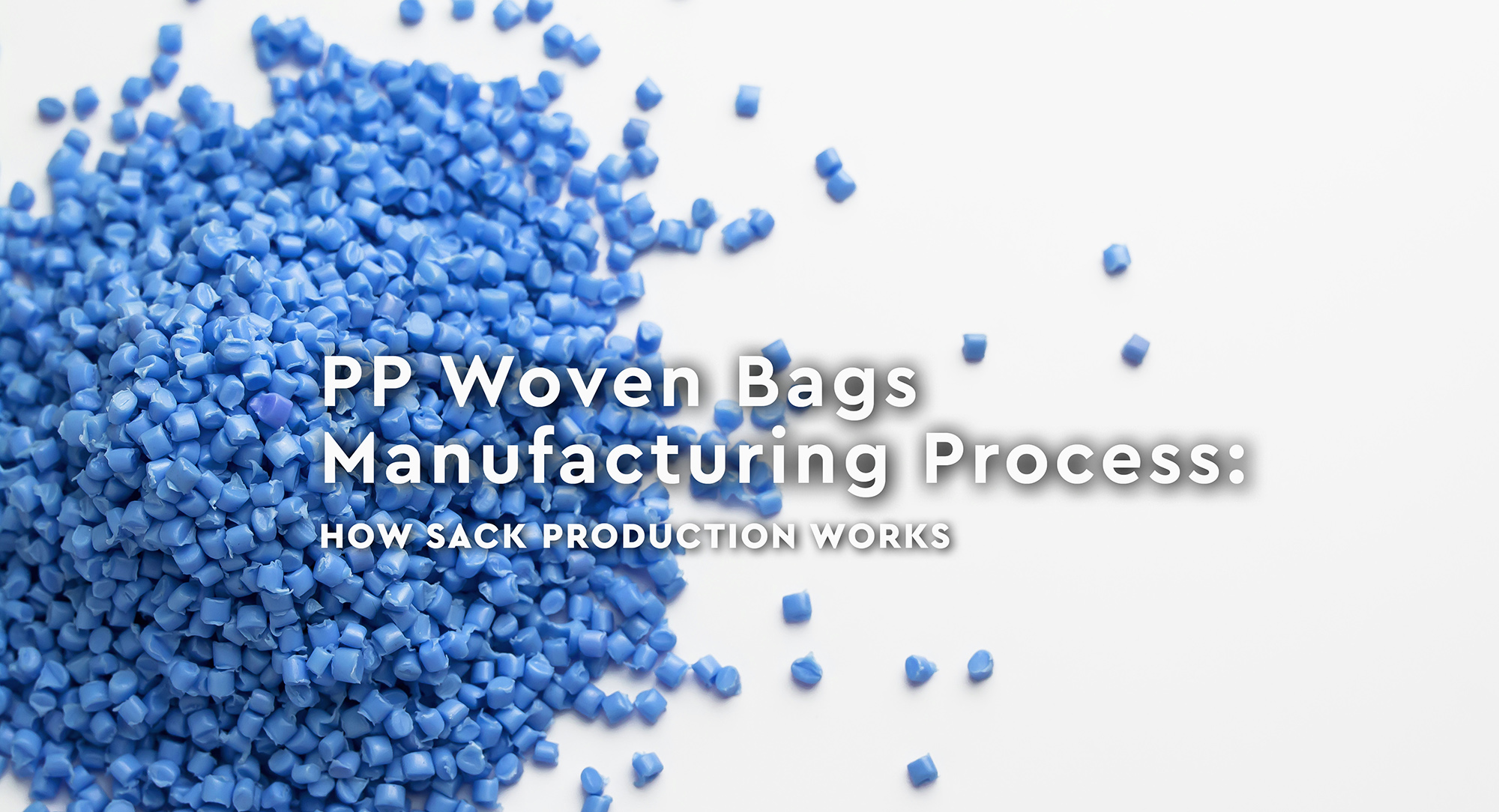
As the demand for durable and eco-friendly packaging solutions continues to rise, understanding how versatile PP woven sacks are crafted has never been more crucial.
So, join us as we delve into the PP woven bags manufacturing process and how they’re meeting the on-demand needs of modern consumers and industries.
Interested in our PP woven bags manufacturing process?
Our PP woven bags manufacturing process involves using premium polypropylene (PP) resin to create durable woven fabric, which is then printed, cut, and stitched into bags of various styles and sizes.
We prioritize quality control and sustainability, and our bags are reusable, recyclable, and made from eco-friendly materials.
Through this process, our promise to you is utilizing our advanced technology, skilled craftsmanship, and commitment to producing high-quality, environmentally responsible BOPP bags.
Shop BOPP Bags
Our 10 step PP woven bag production process
Our manufacturing process of PP woven bags is a carefully orchestrated series of steps that result in the production of durable and versatile bags.
While we always seek continual improvement in our processes, these are the current steps we undertake to ensure we deliver the highest quality to you:
1. PP woven bags raw material
The first step in the PP woven sacks manufacturing process is ensuring we source only the highest-quality polypropylene (PP) resin, which is well-known for its strength and durability.
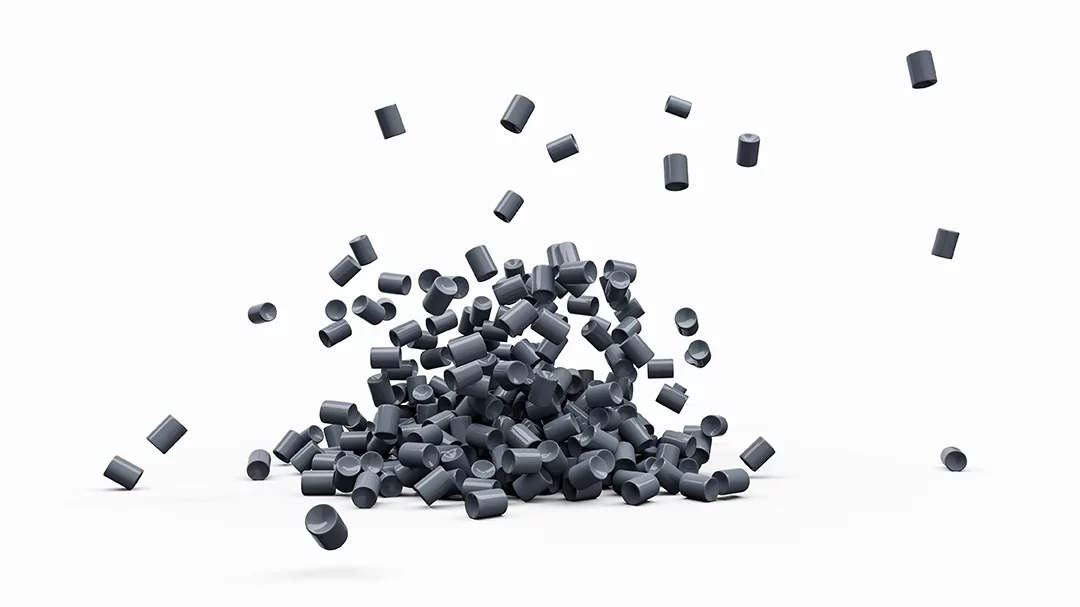
We still need to use additives to ensure these properties extend through to the final product and aren’t weakened during manufacturing.
With this in mind, the following additives may be used:
- UV stabilizers: UV stabilizers are added to reduce the impact of exposure to sunlight during transportation, storage, or outdoor use, which can cause the bags to degrade and become brittle.
- Antioxidants: Antioxidants prevent the degradation of the polypropylene resin due to exposure to heat, oxygen, and other environmental factors.
- Slip agents: These reduce the friction of the woven polypropylene bags, making them smoother and easier to handle during production, transportation, and storage. Ultimately, it stops the bags sticking together and allows for easy stacking and handling.
- Anti-block agents: In addition to slip agents, anti-block agents also prevent any sticking together but especially in high humidity conditions, improving bag separation and handling.
- Colorants provide color and appearance via the use of pigments and dyes.
- Flame retardants reduce flammability and make ensure our bags are more resistant to ignition and burning.
2. Melting the PP resin
We feed the PP resin pellets into an extruder, which is a machine that heats the resin to its melting point and then forces it through a die to form long, continuous flat tapes.
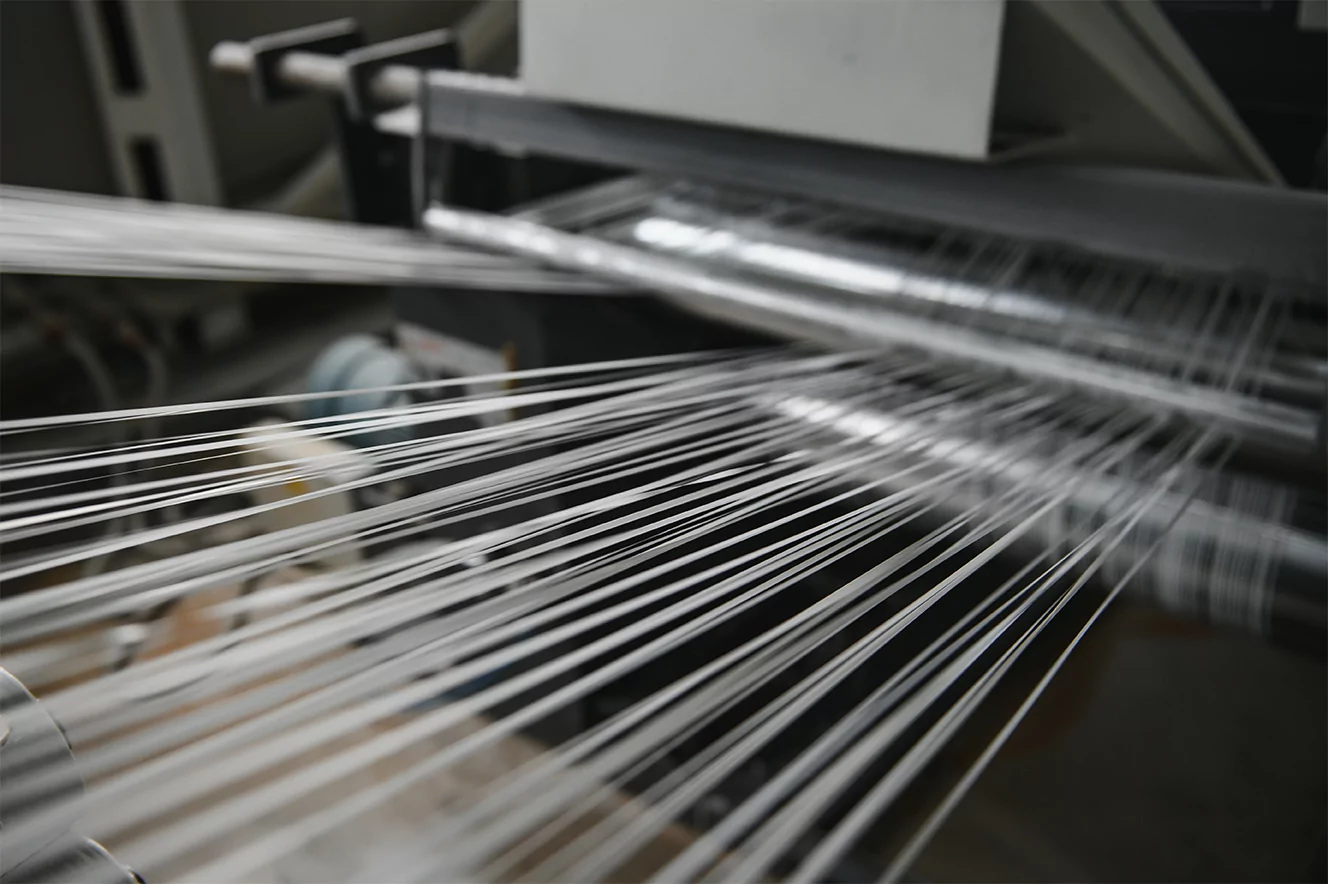
During the extrusion, the PP resin pellets are typically heated to a temperature that is above the melting point of PP, usually around 180-220°C (356-428°F). The exact temperature used may depend on factors such as the type of PP resin being used, the extrusion equipment, the desired properties of the final product, and the production speed.
We ensure the temperature is carefully controlled to ensure that the PP resin is melted uniformly and consistently, without overheating or causing degradation.
If this occurs, color changes, reduced strength, or increased brittleness can occur, while inadequate heating may result in incomplete melting and poor extrusion performance.
3. Forming & weaving the fabric
After the PP resin is melted in the extruder, it is forced through a die to form long, continuous flat tapes, which are then woven together. The temperature may be further controlled during the weaving process, depending on the specific loom and settings being used.
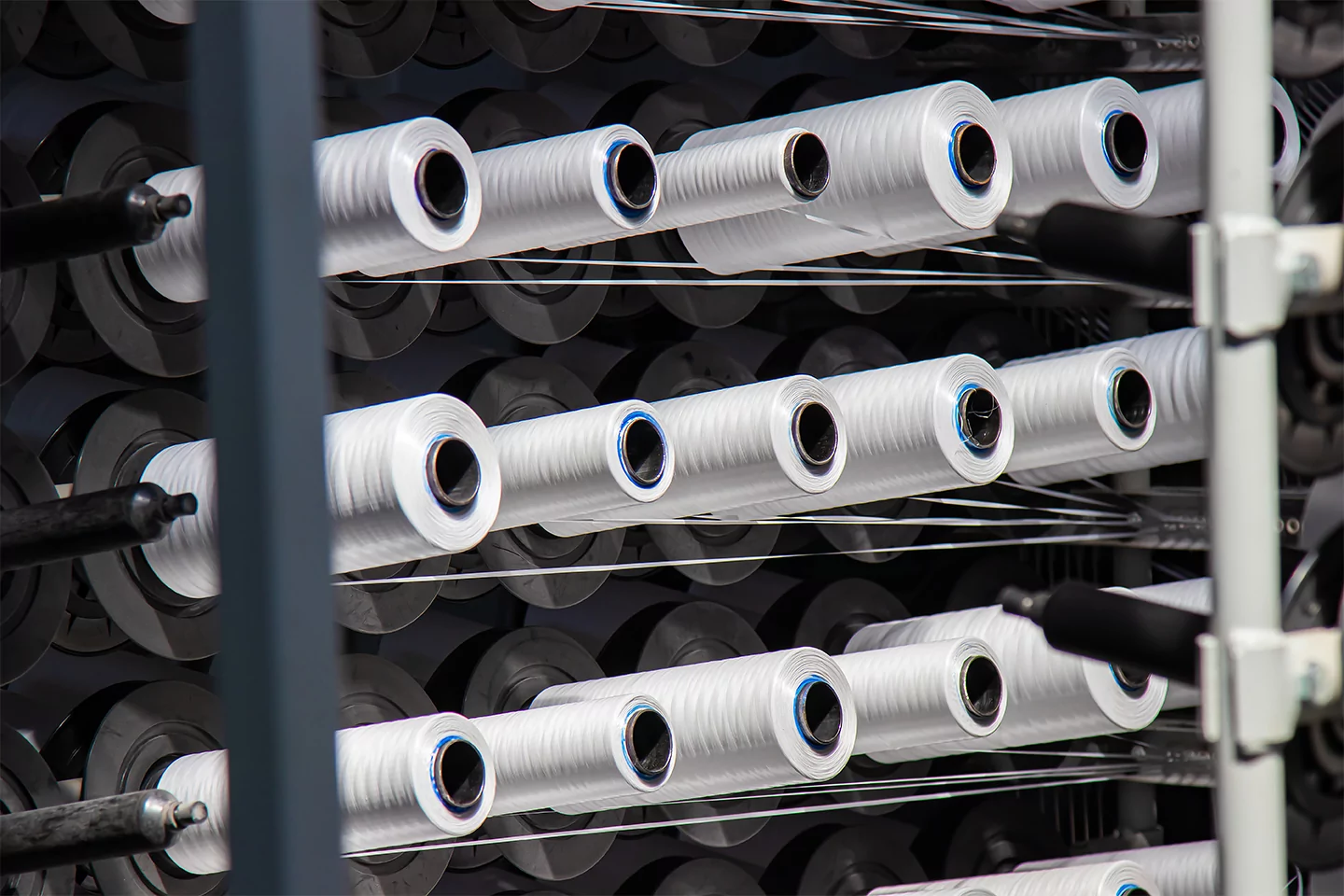
A weaving machine is then used to interlace the fabric in a criss-cross pattern. This is done by passing the tapes through a series of looms that interlace them, forming a tight, weave pattern.
This is achieved via the following process:
- Warping: A PP tape or flat yarn is wound onto a warp beam to create the warp, which is the set of parallel yarns that runs the length of the fabric.
- Shedding: The warp is then passed through a shedding device, which creates an opening or “shed” between the warp’s upper and lower layers. This allows the weft yarns to be inserted.
- Weft yarn insertion: Weft yarns or tapes are inserted through the shed using shuttles or circular looms. They’re inserted perpendicular to the warp yarns, passing through the shed and interlacing with the warp yarns to create the woven polypropylene pattern.
- Beating-up: A comb-like device called—the “reed”—then pushes the weft yarns tightly together. This “beating-up” process helps to create a tightly woven fabric.
- Repeat: Steps 2 to 4 are repeated to create the desired fabric width and length.
Through this process, we use state-of-the-art circular loom machines to ensure minimal defects & lower energy consumption while maximizing productivity so we can keep costs down and pass on this benefit to our customers.
Ultimately, this step provides us with our PP woven fabric, which is the launchpad and foundation for our BOPP/woven bags.
4. Treatment, coating & printing
Once the PP woven fabric is produced, it can be further treated or coated to enhance its properties.
This is where we apply a layer of BOPP (biaxially oriented polypropylene) lamination film on one or both sides of the fabric. It’s a thin, transparent, and high-strength material that can be printed on, allowing for branding and customization.
We use advanced printing techniques that allow for customization with logos and other design elements to meet our clients’ specifications.
A typical process is as follows:
- Pre-press preparation: Specialized graphic design software is used to create text, images, and logos that will be printed on the PP woven bags. Once the design is finalized, it’s converted into a format that can be used for printing, such as a digital file or a plate.
- Plate creation: If traditional flexographic or gravure printing is used, plates need to be created. These plates are typically made of metal or other materials and are engraved or etched with the design. The plates are then mounted onto the printing press.
- Ink prep: Ink is mixed according to the required color and viscosity specifications.
- Printing: We then feed the woven bags into the press, where the ink is transferred onto the bags using the plates or other cylinders. This is repeated until all the different colors or layers of ink are applied.
- Dry-cure: The ink is cured or dried after each application, depending on the method used.
- Post-press finishing: After printing we use heat-setting to cure the ink and improve its durability and apply a varnish or coating for added protection or glossiness.
- Quality control: Throughout this process, our QC measures ensure that the printed PP woven bags meet the desired color accuracy, print clarity, and other specs. Any defects or issues are identified and addressed to ensure a high-quality finished product.
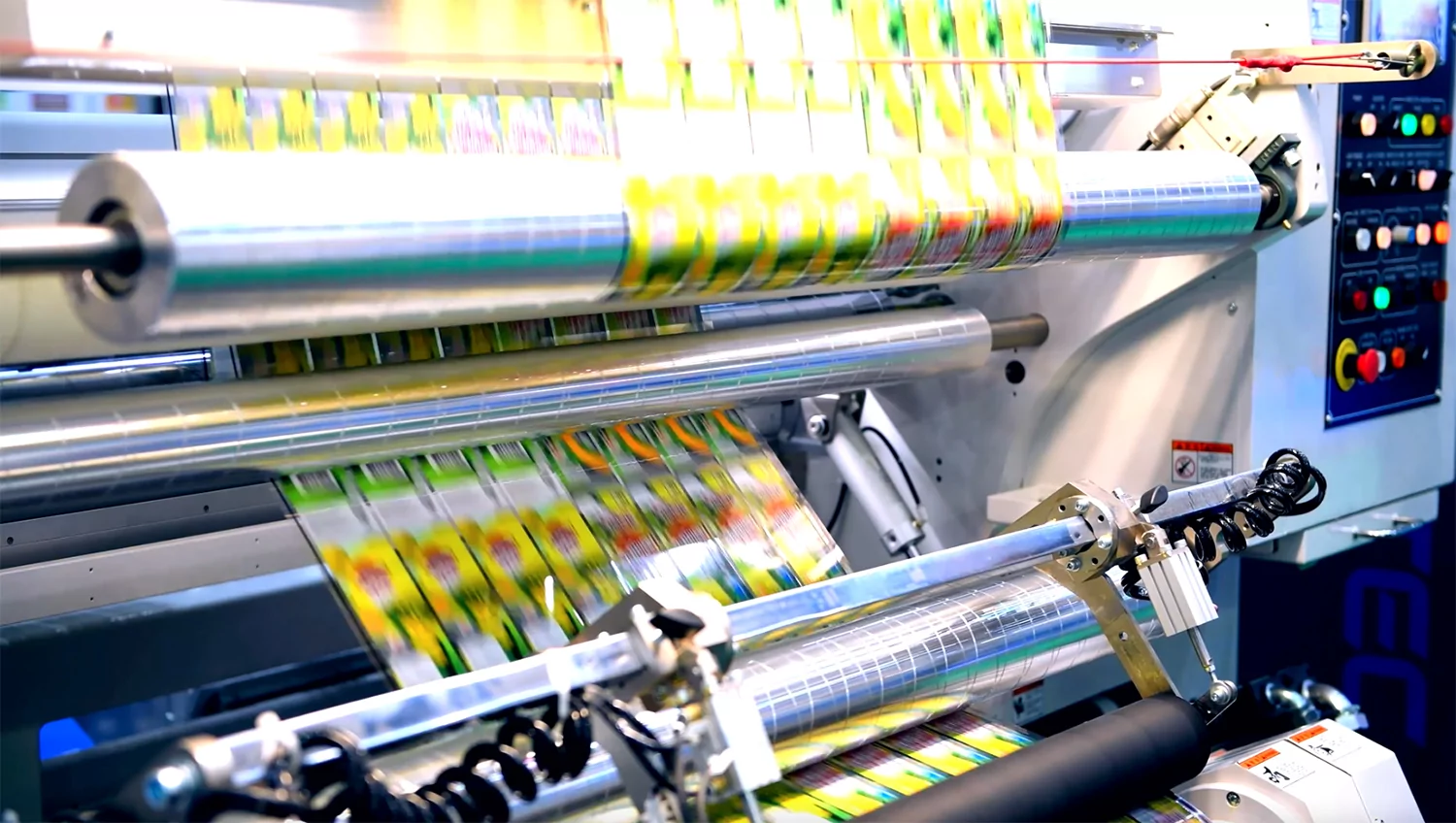
5. Cutting
Cutting the material can be done by either hot or cold cutting:
Heat Cutting
Heat cutting melts and seals the PP woven fabric edges to create clean and sealed cuts. The general heat-cutting process for PP woven bulk bags is:
- Preparation: The woven fabric is first laid out in multiple layers, and the bag panels are aligned according to the desired bag size and shape. The layers are stacked and held together securely to prevent movement during cutting.
- Tool setup: A heat cutting tool, such as a hot knife or a heated wire, is set up and adjusted for the desired temperature and cutting depth. The temperature is controlled to ensure precise cutting without causing excessive melting or scorching of the fabric.
- Cutting: The heat melts and seals the fabric as it cuts through, creating clean and sealed edges. The cutting tool is guided along the fabric edges, following the desired cutting line, to create the bag shape. Care is taken to ensure uniform cutting and proper sealing of the edges to prevent fraying or unraveling.
- Cooling and setting: After cutting, the heated fabric edges are left to cool and set. This solidifies the melted edges and ensures that they are properly sealed and bonded. The cooling time varies due to the fabric thickness and cutting temperature.
- Quality control: We ensure that the cuts are accurate, clean, and free from defects. This involves checking for proper cutting depth, sealing quality, and bag integrity.
- Finishing: Finally, excess threads are trimmed.
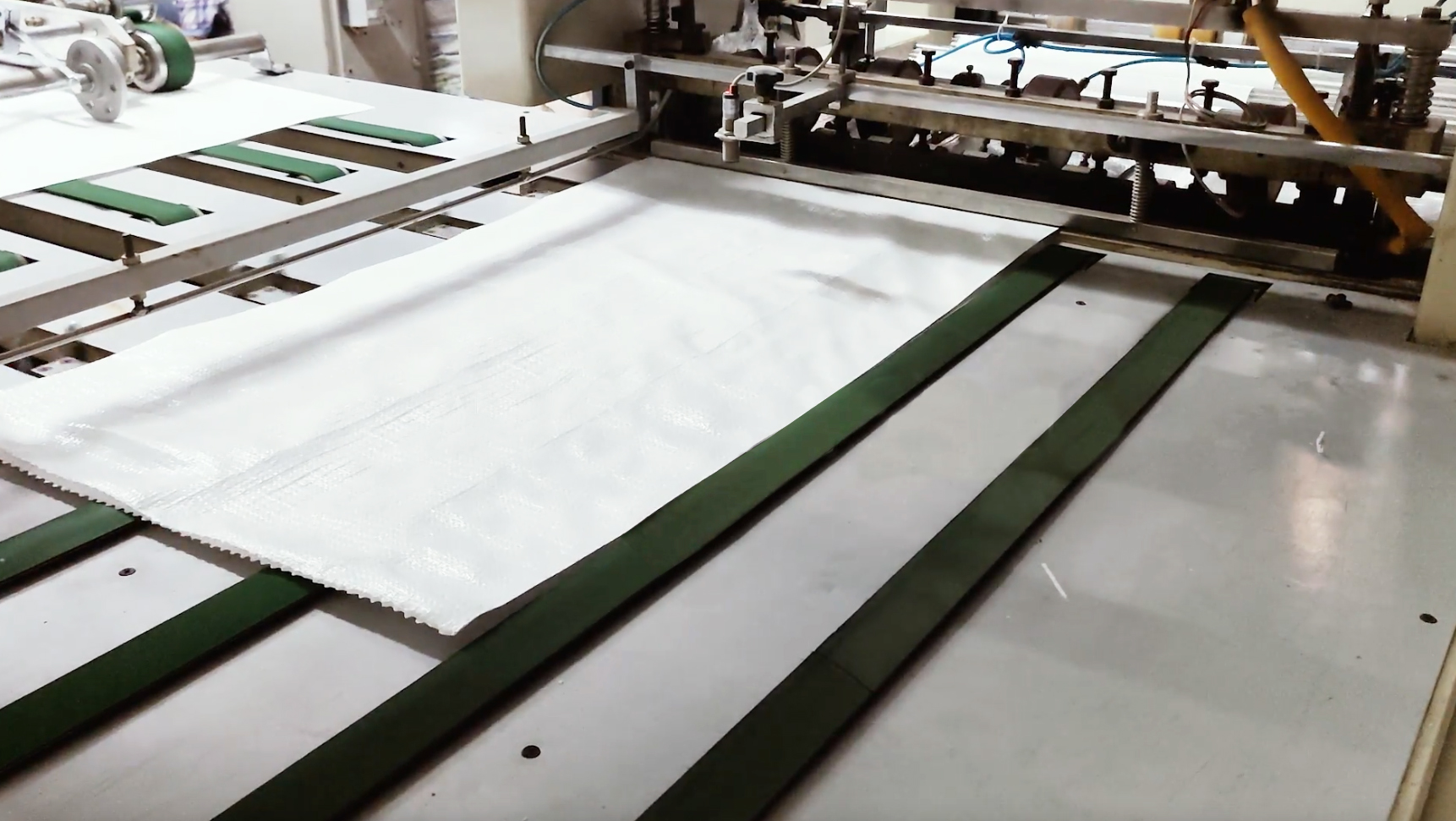
Cold Cutting
The preparation, finishing and QC elements of cold cutting is the same as with heat cutting.
The biggest difference between the two processes is the elimination of heat during cutting. Instead, a knife or blade is used to mechanically cut through the fabric without applying heat.
One of the benefits of cold cutting over using heat is the reduced energy consumption for the manufacturer. However, this can only be applied to material that has been coated.
Cold cutting also reduces the risk of fraying, which can compromise the bag’s strength and durability. Even so, this doesn’t mean that heat cutting causes a weakness, since we ensure all our bags maintain the same integrity levels.
6. Sewing
The sewing process can differ greatly depending on the bag construction style (e.g., u-panel, 4-panel or circular), bottom and top design, as well as what loops are desired.
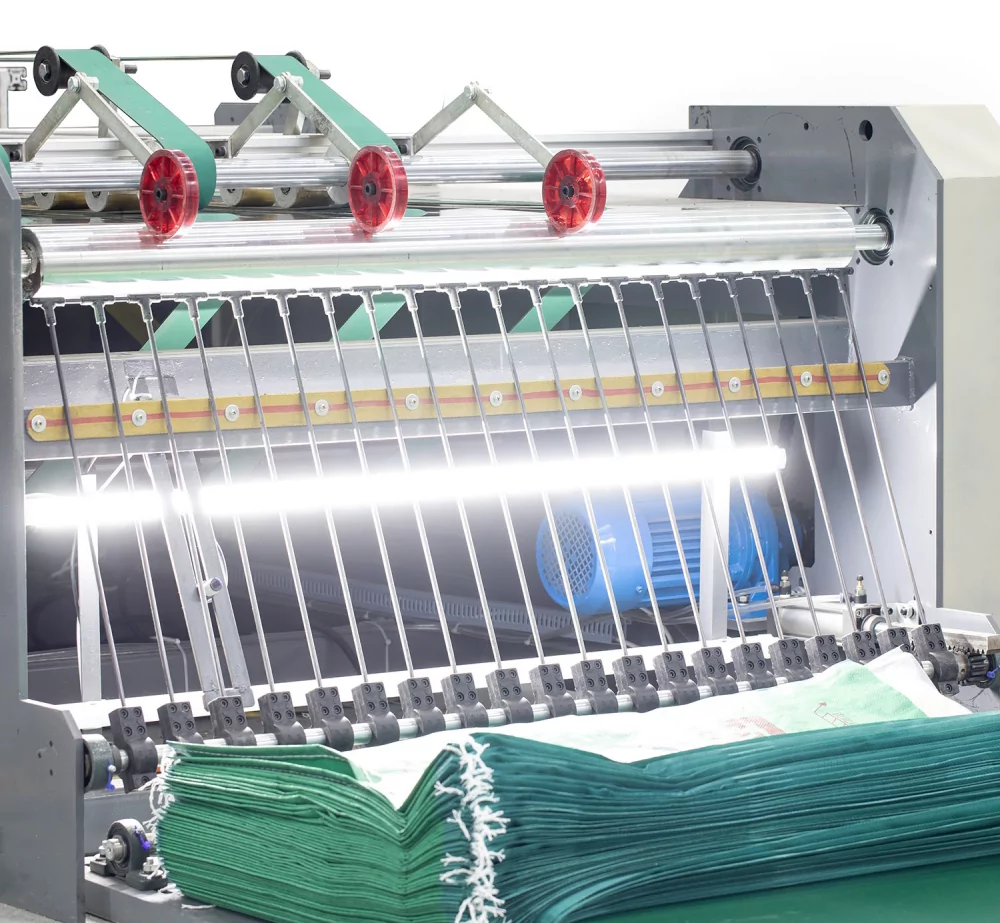
However, a typical process for sewing the bags is:
- Folding: The fabric is folded along the edges that will form the sides and bottom of the bag, aligning them evenly and securing them in place with clips or pins.
- Stitching the sides: Sewing begins at the top of the bag and down the sides, backstitching at the beginning and end of the seam for added strength.
- Stitching the bottom: Once the sides are stitched, sewing is done across the bottom, reinforcing the seam by sewing over it multiple times or using a double stitch for added durability.
- Handles or flaps: If the bag requires handles or flaps, they’re now sewn according to the desired design and specifications, ensuring they are securely attached.
- Finishing: Any excess threads are trimmed and the bag is QC’d for any loose stitches or flaws, making any necessary adjustments or repairs.
7. Inspection
Even though we’re consistently inspecting a bag throughout its construction journey, a final inspection is always worthwhile to ensure we deliver the very best quality products to our customers.
This includes checking for proper stitching, reinforced stress points, proper alignment of handles or flaps, absence of defects or damage, and overall appearance.
8. Packaging
Once the bags pass the inspection, they’re packed in our secure and controlled environment. This involves stacking the bags, bundling them together, or packing them in boxes, bales, or pallets, depending on the customer’s needs.
Proper packaging is important to protect the bags from damage during transportation and storage and to ensure they are ready for distribution or sale.
9. Labeling
Depending on the specific requirements or regulations, the bags are labeled with relevant information, such as product details, brand name, size, weight, safety instructions, and other necessary information for identification and traceability.
10. Storage
We then store your bags in our environmentally controlled, safe and secure facilities until they’re ready for shipment or distribution.
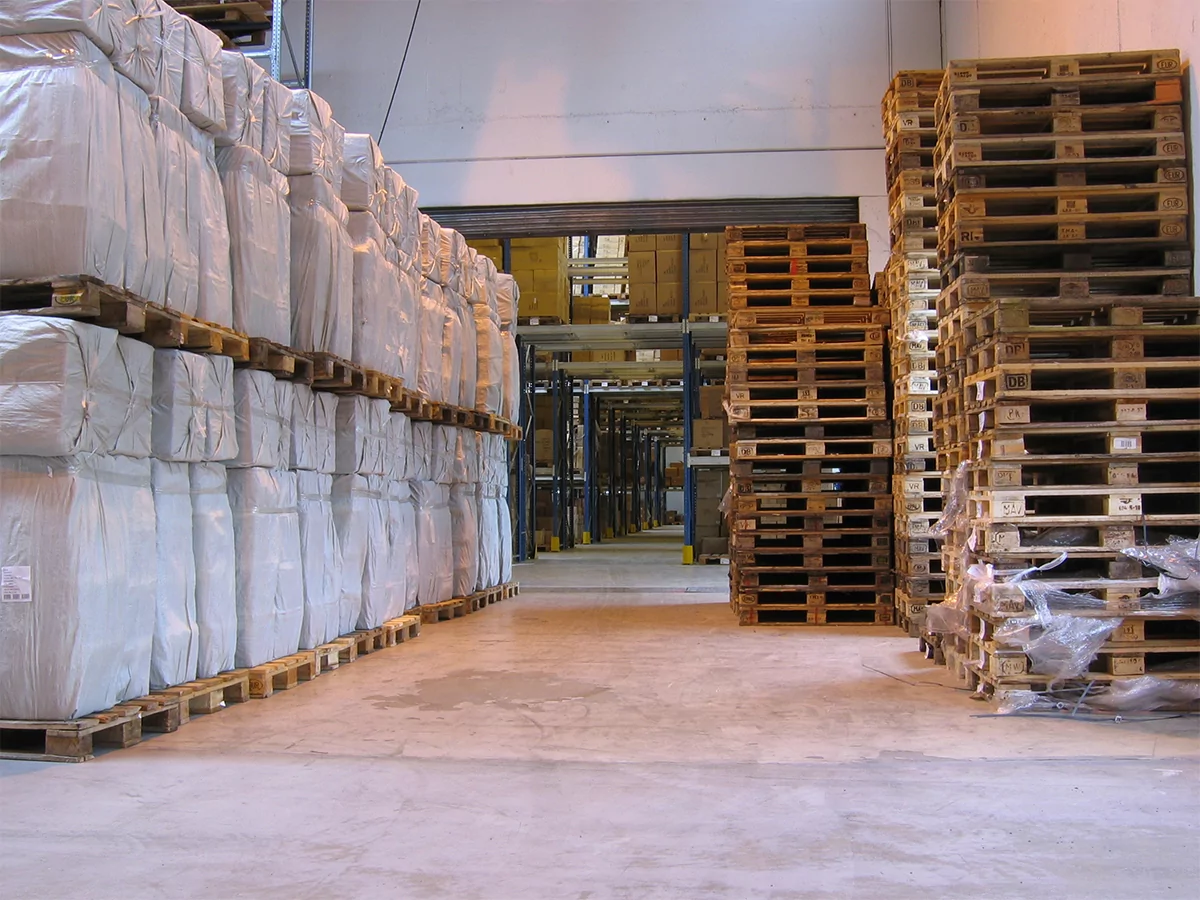
Our storage processes ensure your bags are protected from environmental factors such as moisture, heat, or sunlight, which can affect their quality and durability.
Looking for an on demand PP woven bag supplier?
Need polypropylene woven bags on demand? As a leading supplier, Palmetto Industries excels in providing on-demand solutions for your woven polypropylene sacks needs.
With our state-of-the-art manufacturing facilities and quick turnaround times, we can fulfill your orders efficiently, whether it’s for custom sizes, designs, or quantities.
Our commitment to quality, reliability, and exceptional customer service sets us apart. Partner with us for hassle-free, reliable, and prompt supply.






